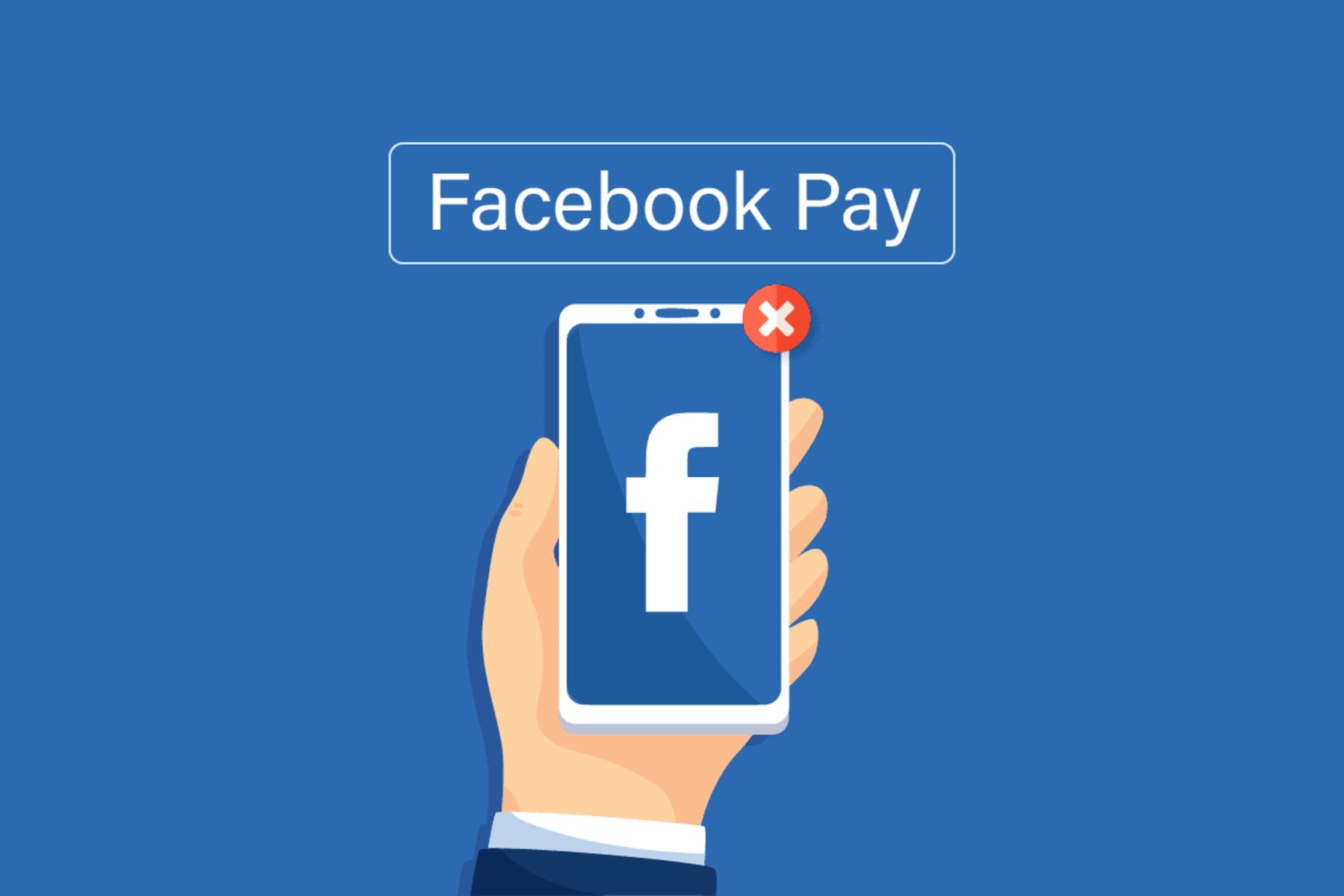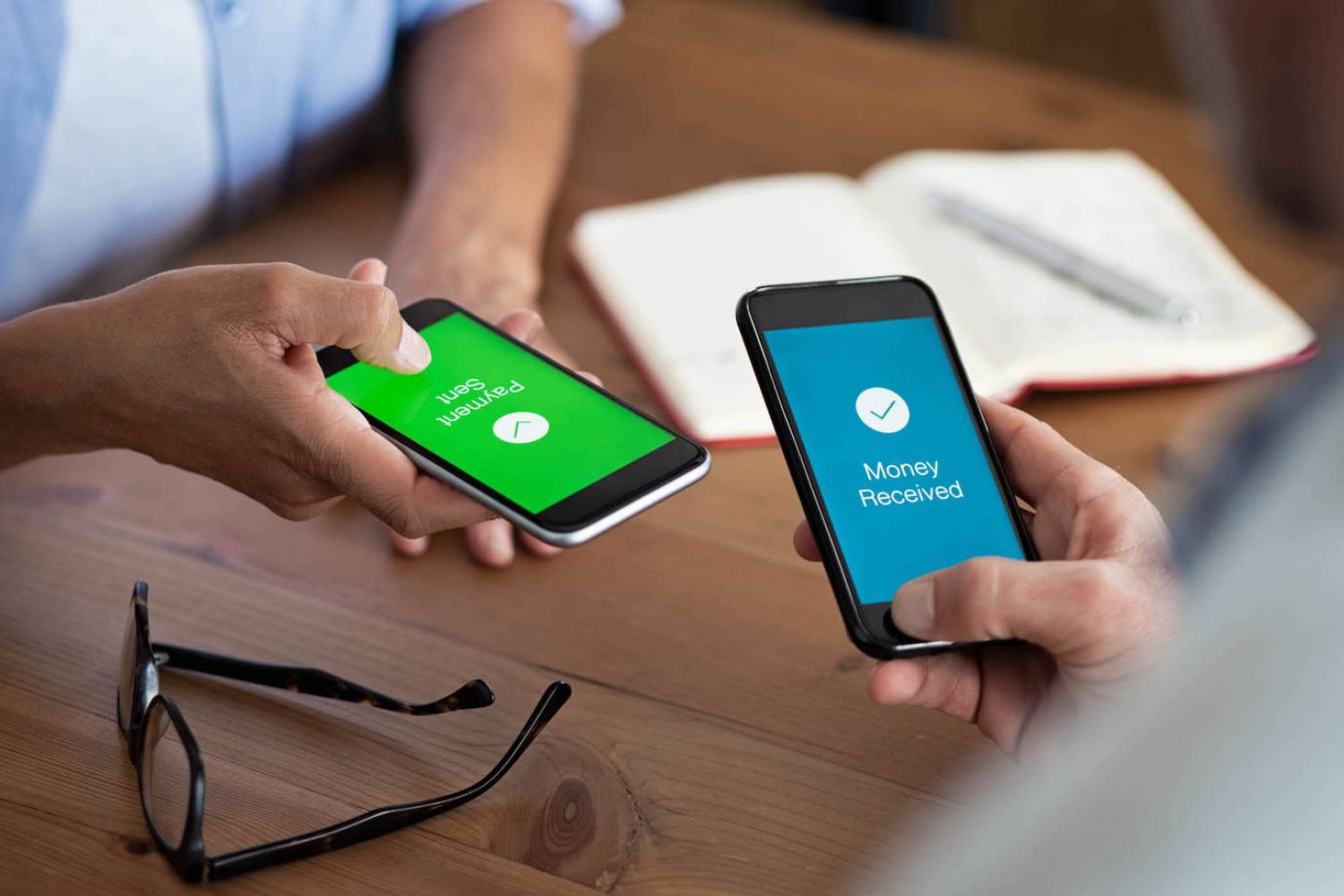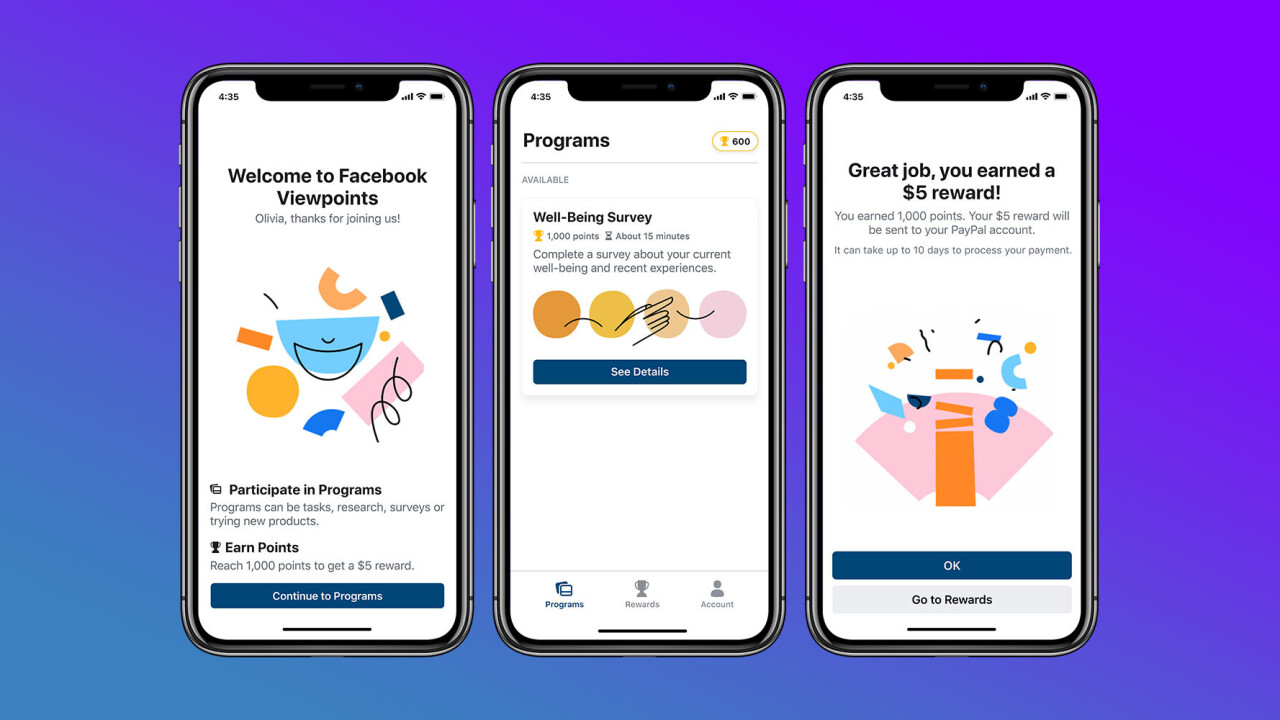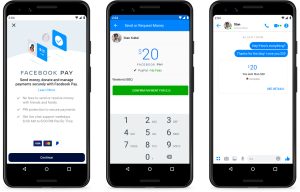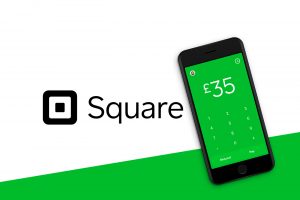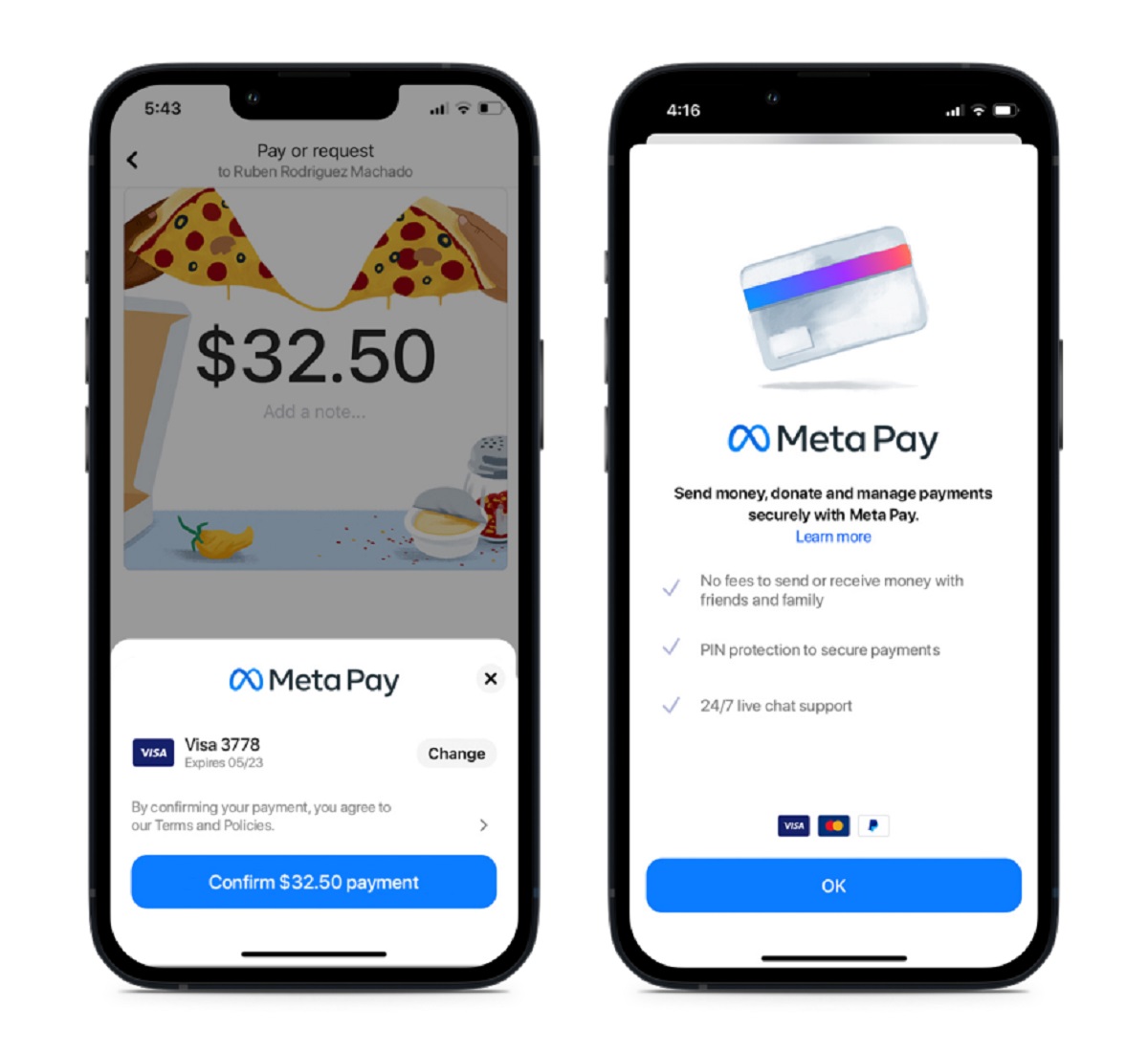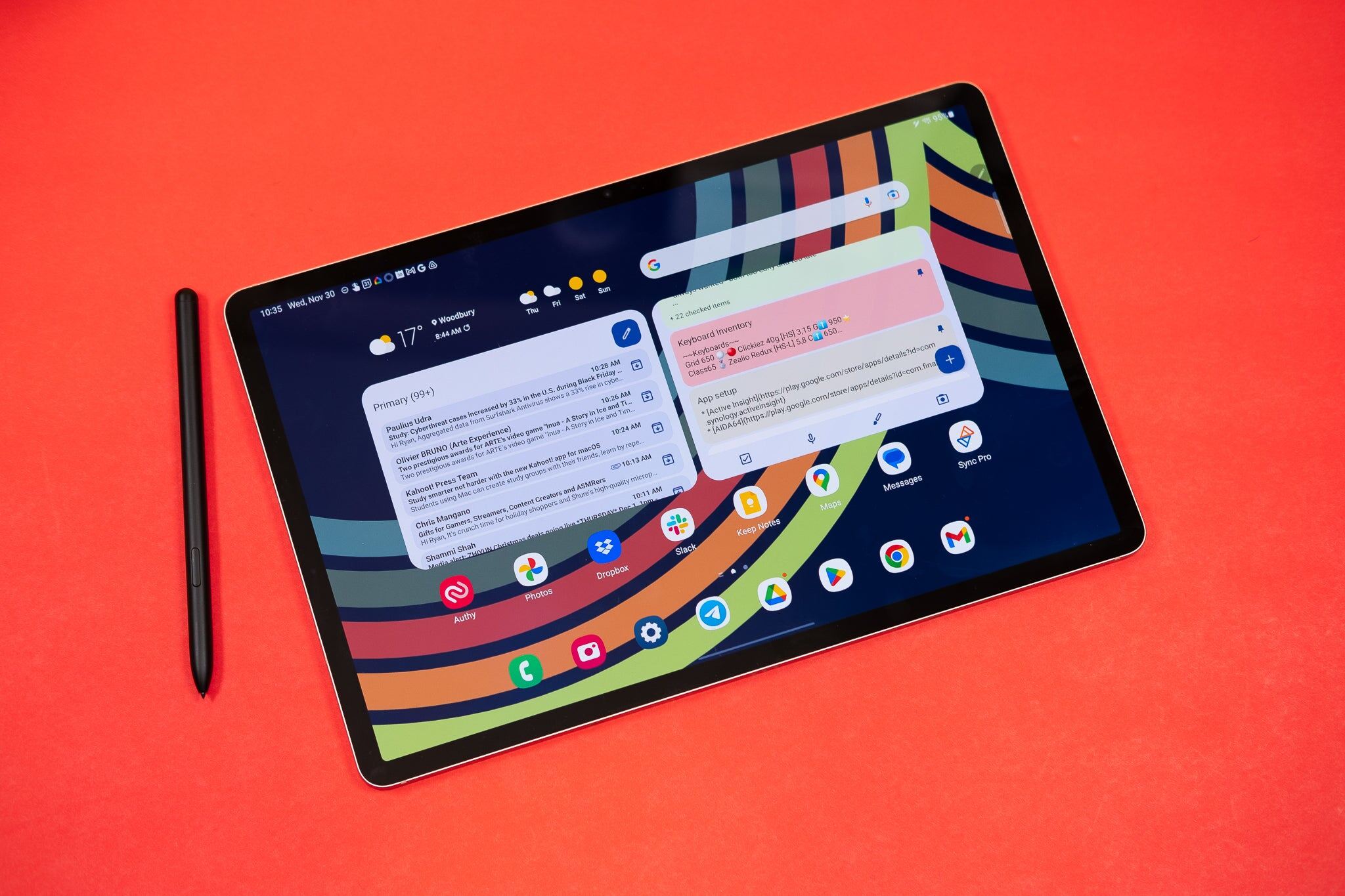Introduction
Welcome to the digital age, where social media platforms have become more than just a means of communication and self-expression. With the advent of Facebook Pay, the convenience of transferring money within the Facebook ecosystem has become a reality. Gone are the days of waiting in long bank queues or dealing with complex online banking systems. Now, you can effortlessly send and receive money with just a few taps on your smartphone.
Facebook Pay offers a secure and convenient way to transfer money to your friends, family, or even businesses directly through the Facebook Messenger app. This feature is available to users in select countries, making financial transactions more seamless and accessible.
One of the key advantages of using Facebook Pay is the familiarity and trust that many people already have with the platform. With billions of users worldwide, Facebook has established itself as a popular social media giant. This widespread adoption makes it easier for users to embrace Facebook Pay as a trusted and reliable means of money transfer.
Moreover, Facebook Pay offers a range of features, including security measures and privacy controls, to ensure that your financial information is protected. This gives users peace of mind, knowing that their money and personal data are safeguarded during transactions.
In this article, we will delve into the details of how Facebook Pay works, its security features, and the process of setting up and using this payment method. We will also discuss the differences between instant transfers and traditional bank transfers, as well as transaction limits and any applicable fees. By the end of this article, you will have a comprehensive understanding of the instant money transfer system via Facebook Pay.
Security and Privacy
When it comes to handling financial transactions, security and privacy are of utmost importance. Facebook Pay understands this concern and has implemented several measures to ensure the safety of your personal and financial information.
Firstly, Facebook Pay encrypts your payment details and uses secure servers to store your information. This encryption ensures that your data remains protected from unauthorized access during transmission and storage.
Secondly, Facebook Pay allows you to set up additional security layers such as Two-Factor Authentication (2FA) to add an extra level of protection. With 2FA, you will need to enter a unique verification code sent to your registered mobile device in addition to your password, making it more difficult for unauthorized users to gain access to your account.
Furthermore, Facebook Pay gives you control over your privacy settings. You can choose who can see your payment activity, whether it is only visible to the recipient or shared with your Facebook friends. Additionally, you can set up transaction notifications to keep you informed of any activity on your account.
It is important to note that Facebook Pay is designed to be used within the Facebook ecosystem, meaning your money is transferred directly from one user to another. This eliminates the need to provide your bank account or credit card details to third-party entities, reducing the risk of your information being compromised.
With these security features in place, you can confidently use Facebook Pay to transfer money, knowing that your personal and financial information is well-protected. However, it is still essential to exercise caution and ensure that you are only transacting with trusted individuals or businesses to avoid falling victim to scams or fraudulent activities.
Setting up Facebook Pay
Setting up Facebook Pay is a straightforward process that can be completed within the Facebook Messenger app. Here’s a step-by-step guide on how to get started:
- Open the Facebook Messenger app on your smartphone and log in to your Facebook account.
- Tap on the “Settings” option, which is represented by the gear icon.
- Scroll down and select the “Facebook Pay” option from the menu.
- Follow the prompts to add a payment method. You can choose to link your debit card, credit card, or use your existing payment providers like PayPal or Stripe.
- Enter your payment information, including your card details or account information for linked payment providers.
- Set up your preferred security settings, such as enabling Two-Factor Authentication (2FA) or transaction notifications.
- Review and accept the terms and conditions for using Facebook Pay.
Once you have completed these steps, Facebook Pay will be set up and ready to use. You can now send and receive money directly within the Facebook Messenger app.
It’s important to note that Facebook Pay may not be available in all countries. You can check the availability of this feature in your region by accessing the Facebook Pay settings within the Messenger app. If Facebook Pay is not available in your country, you can stay updated with the latest announcements from Facebook as they continue to expand the availability of this payment service.
Additionally, it’s vital to ensure that you have a stable internet connection when using Facebook Pay to avoid any interruptions during transactions. This will ensure a smooth and seamless experience when sending or receiving money.
Now that you have your Facebook Pay set up, let’s explore how simple it is to send money to your friends or family members, or receive money from others using this convenient payment method.
Sending Money
With Facebook Pay, sending money to your loved ones or even businesses is a breeze. Here’s how you can send money using this feature:
- Open the Facebook Messenger app on your smartphone and log in to your Facebook account.
- Select the conversation of the person or business you want to send money to.
- Tap on the “more” icon (represented by three dots) at the bottom of the screen.
- Select the “Payments” option from the menu.
- Enter the amount you want to send, select the payment method linked to your Facebook Pay account, and add a note if necessary.
- Review the details and tap on the “Send” button to complete the transaction.
Once the transaction is successful, the recipient will be notified of the payment and the money will be instantly transferred to their Facebook Pay account. They can then choose to either keep the money in their Facebook Pay balance or transfer it to their bank account or linked payment provider.
It is important to double-check the recipient’s details before sending money to ensure it goes to the right person or business. While Facebook Pay provides a convenient way to transfer money, it’s always a good practice to verify the recipient’s identity, especially when dealing with unfamiliar individuals or businesses.
Facebook Pay also offers the option to create payment links or QR codes, which can be shared with friends or posted on social media platforms. This makes it easier for others to send you money by simply clicking on the link or scanning the QR code.
Whether you’re splitting the bill at a restaurant, paying back a friend, or supporting a small business, Facebook Pay simplifies the process of sending money, providing a convenient and efficient solution for financial transactions within the Facebook ecosystem.
Receiving Money
Receiving money through Facebook Pay is just as simple as sending it. Here’s how you can receive money using this feature:
- Open the Facebook Messenger app on your smartphone and log in to your Facebook account.
- If someone has sent you money, you will receive a notification in your Messenger inbox or a direct message from the sender.
- Tap on the notification or message to open the conversation.
- Click on the “Accept” button to receive the money.
Once you have accepted the money, it will be instantly credited to your Facebook Pay account. From there, you can choose to keep the money in your Facebook Pay balance, transfer it to your bank account or linked payment provider, or use it for future payments within the Facebook ecosystem.
If you have not set up Facebook Pay yet, you will be prompted to do so when receiving money for the first time. Follow the on-screen instructions to set up your account and link a payment method to receive the funds.
It’s important to note that there may be certain limits on the amount of money you can receive through Facebook Pay, depending on your location and the policies set by Facebook. These limits are in place to ensure security and prevent misuse of the platform.
If you encounter any issues or have questions regarding a specific transaction, Facebook provides customer support for Facebook Pay-related inquiries. You can access the support options within the Messenger app to seek assistance from their dedicated team.
Receiving money through Facebook Pay offers a convenient way to access funds from friends, family, or even customers in a seamless and hassle-free manner. Whether you receive money for personal reasons or as a payment for goods or services, Facebook Pay simplifies the process, allowing you to manage your funds within the Facebook ecosystem.
Transaction Limits
When using Facebook Pay, there are certain limits in place to ensure the security and integrity of the payment system. These limits may vary depending on your location and the policies set by Facebook. Here are some key points to keep in mind regarding transaction limits:
1. Sending Limits: Facebook sets limits on the amount of money you can send in a given period. These limits may vary depending on factors such as your account history, verification status, and the country you reside in. It’s important to check the specific limits applicable to your account within the Facebook Pay settings.
2. Receiving Limits: Similar to sending limits, there are also limits on the amount of money you can receive through Facebook Pay. These limits are in place to prevent misuse of the platform and ensure compliance with local regulations. Again, the specific receiving limits may vary based on your account and location.
3. Daily and Weekly Limits: Facebook may impose daily and weekly limits on the cumulative amount of money you can send or receive. These limits help maintain the stability of the payment system and prevent excessive transactions within a short period. Make sure to familiarize yourself with these limits to avoid any inconvenience.
4. Platform-Specific Limits: In addition to the general transaction limits, there may be additional limits imposed by individual platforms within the Facebook ecosystem. For example, if you’re using Facebook Pay to make purchases on Facebook Marketplace, there may be separate limits specific to that platform. It’s important to understand and adhere to these limits when conducting transactions on specific platforms.
It’s essential to remember that these transaction limits are in place for the security and protection of both users and the platform itself. They help prevent fraudulent activities and ensure that the payment system operates in a safe and efficient manner.
If you encounter any issues with transaction limits or have specific requirements that exceed the set limits, you may contact Facebook’s customer support to explore potential solutions or seek further assistance.
Now that we’ve explored the transaction limits involved with Facebook Pay, let’s discuss another important aspect: currency exchange.
Currency Exchange
When it comes to international transactions, Facebook Pay offers a currency exchange feature that allows you to send and receive money in different currencies. This feature simplifies cross-border payments and eliminates the need for complicated currency conversion processes. Here’s how currency exchange works through Facebook Pay:
1. Supported Currencies: Facebook Pay supports a wide range of currencies, including major currencies such as US Dollar (USD), Euro (EUR), British Pound (GBP), and more. The availability of currencies may vary depending on your location and the country you are sending money to or receiving money from. You can check the list of supported currencies within the Facebook Pay settings.
2. Real-Time Exchange Rates: When you send or receive money in a different currency, Facebook Pay automatically converts the amount using real-time exchange rates. This ensures that the recipient receives the equivalent value in their local currency, making the transaction more convenient and transparent.
3. Conversion Fees: While Facebook Pay provides currency conversion services, it’s important to note that there may be conversion fees involved. These fees cover the costs associated with currency exchange and may vary depending on the currencies involved and the prevailing exchange rates. Make sure to review the applicable fees before initiating a transaction in a different currency.
4. Transparency: Facebook Pay provides clear information about the exchange rates and fees involved in the currency conversion process. Before confirming the transaction, you can review the converted amount, exchange rates, and any applicable fees. This transparency allows you to make informed decisions when sending or receiving money in a different currency.
With the currency exchange feature, Facebook Pay provides a convenient solution for international transactions, whether it’s sending money to friends or family abroad, paying for goods or services in a different country, or receiving payments from international clients. It eliminates the need for separate currency conversion services, reducing complexities and making cross-border transactions more accessible to users within the Facebook ecosystem.
Now that we’ve explored the currency exchange feature, let’s discuss any fees and charges associated with using Facebook Pay.
Fees and Charges
When using Facebook Pay to send or receive money, it’s important to be aware of any fees and charges that may be associated with the service. While Facebook Pay itself is free to use for personal transactions, there are certain instances where fees or charges may apply. Here’s a breakdown of the possible fees and charges:
1. Currency Conversion Fees: If you send or receive money in a different currency, Facebook Pay applies a currency conversion fee. This fee covers the costs associated with converting the amount from one currency to another and varies based on the currencies involved and prevailing exchange rates. Make sure to review the applicable fees before initiating a transaction in a different currency.
2. Third-Party Fees: In some cases, when linking a payment method to your Facebook Pay account, such as a credit card or payment provider, there may be fees imposed by the respective third-party. These fees are not set by Facebook but are instead determined by the payment provider. It’s advisable to check with your payment provider for any fees or charges that may apply.
3. Business Transactions: If you use Facebook Pay for business-related transactions, such as selling products or services on Facebook Marketplace, there may be additional fees associated with those transactions. These fees are specific to the business features and are intended to cover the costs of operating the platform for business purposes.
It is important to note that Facebook provides transparent information on any fees applicable to your transactions. Before confirming a payment, you will be presented with details of any fees or charges that will be incurred. This allows you to make an informed decision and proceed with the transaction accordingly.
Additionally, it’s worth mentioning that Facebook regularly reviews and updates its fee structure, so it’s essential to stay updated with the latest information on fees and charges. You can refer to the Facebook Pay section within the Messenger app or visit the official Facebook website for the most accurate and up-to-date information on fees applicable to your specific region.
By understanding the fees and charges associated with Facebook Pay, you can efficiently manage your financial transactions and make informed decisions when sending or receiving money within the Facebook ecosystem.
Now that we’ve covered the fees and charges, let’s explore the differences between instant transfers via Facebook Pay and traditional bank transfers.
Instant Transfer vs. Bank Transfer
When it comes to transferring money, there are two primary methods – instant transfers via Facebook Pay and traditional bank transfers. Each method has its own advantages and considerations. Here’s a comparison between the two:
1. Speed: One of the notable advantages of instant transfers via Facebook Pay is the speed at which money is transferred. With a few taps on your smartphone, you can send or receive money almost instantly. On the other hand, traditional bank transfers can take anywhere from a few hours to several business days, depending on the banks involved and the location of the recipient.
2. Convenience: Facebook Pay offers a high level of convenience. Payments can be made directly within the Facebook Messenger app, eliminating the need for additional banking apps or visiting physical bank branches. Traditional bank transfers often require the use of online banking platforms or physical visits to the bank to initiate the transfer process.
3. Accessibility: Facebook Pay is available to users in select countries where Facebook has enabled this payment feature. It allows for seamless transactions within the Facebook ecosystem. On the other hand, traditional bank transfers are widely available, but the accessibility may vary based on the banking infrastructure and partnerships between banks in different countries.
4. Fees: In terms of fees, Facebook Pay is generally free for personal transactions. However, currency conversion fees may apply for international transfers. On the other hand, traditional bank transfers often involve fees that vary depending on the banks involved and the transfer amount. It’s essential to review the fees associated with each method before deciding which one is more cost-effective for your specific transaction.
5. Security: Both instant transfers via Facebook Pay and traditional bank transfers prioritize security. However, the security measures and fraud protection protocols implemented by banks may differ from those implemented by Facebook Pay. It’s important to consider the level of security and privacy offered by each method and choose the one that aligns with your comfort and trust levels.
Ultimately, the choice between instant transfers via Facebook Pay and traditional bank transfers depends on your specific needs and preferences. Facebook Pay provides a convenient and fast option for transferring money within the Facebook ecosystem. On the other hand, traditional bank transfers offer widespread accessibility and trusted banking infrastructure. It’s advisable to weigh the advantages and considerations of each method to determine which one is the best fit for your particular situation.
Now that we’ve discussed the differences between instant transfers and traditional bank transfers, let’s wrap up our exploration of the instant money transfer via Facebook Pay.
Conclusion
Facebook Pay has revolutionized the way we transfer money, offering a convenient, secure, and instant solution within the Facebook ecosystem. With its user-friendly interface, robust security measures, and the ability to send and receive money with just a few taps on your smartphone, Facebook Pay has become an attractive option for individuals and businesses alike.
Throughout this article, we explored various aspects of using Facebook Pay for instant money transfers. We discussed the importance of security and privacy, highlighting the encryption of payment details, additional security layers like Two-Factor Authentication (2FA), and user-controlled privacy settings. These features provide peace of mind when it comes to protecting your personal and financial information.
We also delved into the process of setting up Facebook Pay, providing a step-by-step guide to help you get started. From linking your payment method to configuring your preferred security settings, setting up Facebook Pay is a seamless and straightforward process.
Sending and receiving money through Facebook Pay is incredibly convenient. With just a few taps, you can effortlessly send money to friends, family, or businesses, or receive money directly into your Facebook Pay balance. The real-time currency exchange feature also makes international transactions hassle-free, eliminating the need for separate currency conversion services.
It is important to be aware of any transaction limits and fees associated with using Facebook Pay. Understanding these limits and fees ensures that your payments are within the set boundaries and helps you make informed decisions when transacting.
Lastly, we compared instant transfers via Facebook Pay with traditional bank transfers, highlighting their respective advantages and considerations. While Facebook Pay offers speed, convenience, and accessibility, traditional bank transfers offer widespread availability and trusted banking infrastructure. Choosing between the two methods depends on your specific needs and preferences.
In conclusion, Facebook Pay provides a seamless and secure way to transfer money within the Facebook ecosystem. Whether you’re splitting bills, paying back friends, or conducting business transactions, Facebook Pay simplifies the process, making financial transactions a smooth and hassle-free experience.
So why wait in long bank queues or deal with complex online banking systems when you can send and receive money instantly with a few taps on your smartphone? Explore Facebook Pay and enjoy the convenience it offers in managing your financial transactions.







